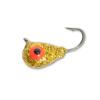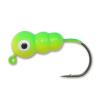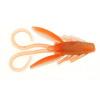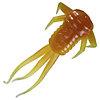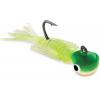BLUEGILL
How to identify a Bluegill
You can identify a Bluegill because it has a compressed, round body that is typical of the sunfishes. Its color is highly variable and many range from dark blue or bluish-purple to yellow, and in some cases, it may even appear to be clear or colorless.
The Bluegill usually has 6 to 8 vertical bars on the sides, which may or may not be prominent. The cover peaks into a broad, round flap that is black in color; however, it is not surrounded by a lighter colored trim as it is in some other sunfishes. You can easily identify a Bluegill because they have a small mouth and head that are typical of sunfish species and the pectoral fins are pointed.
Where to catch Bluegill
These are the places where you can catch Bluegill. This fish species is native to the eastern half of the United States and a small portion of northeastern Mexico and has been widely introduced elsewhere in North America as well as into Europe and South Africa.
IDENTIFICATION
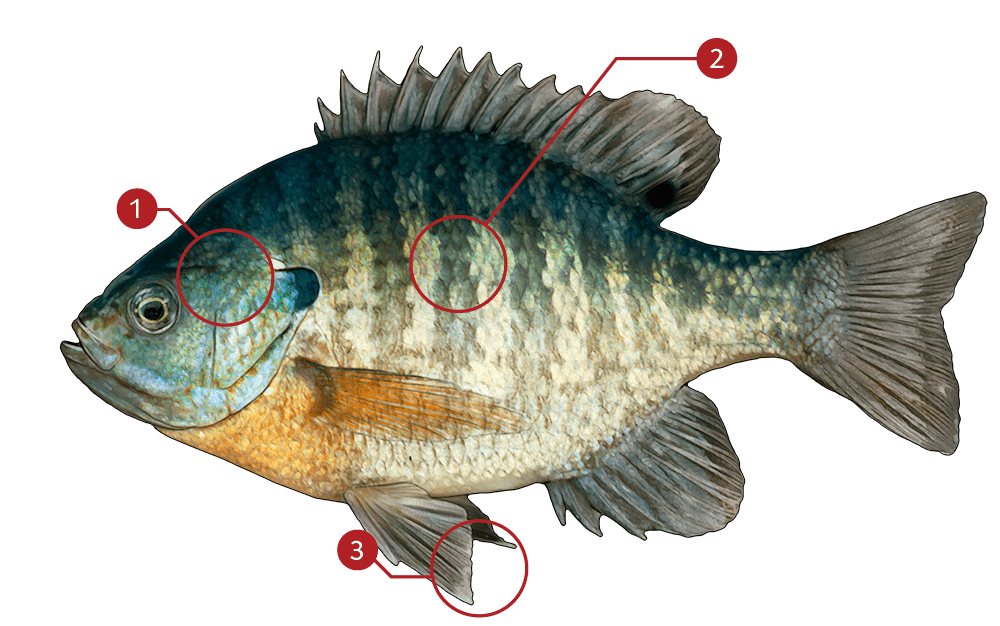
| |
Deep blue and purple on the face and gill cover |
| |
Six to eight vertical bars |
| |
Pointed pectoral fines |
TARGET AREAS
|
|
Acknowledgements: We thank TAKEMEFISHING.org (www.takemefishing.org), Wisconsin Department of Natural Resources for their contributions to these FISH FACTS.


